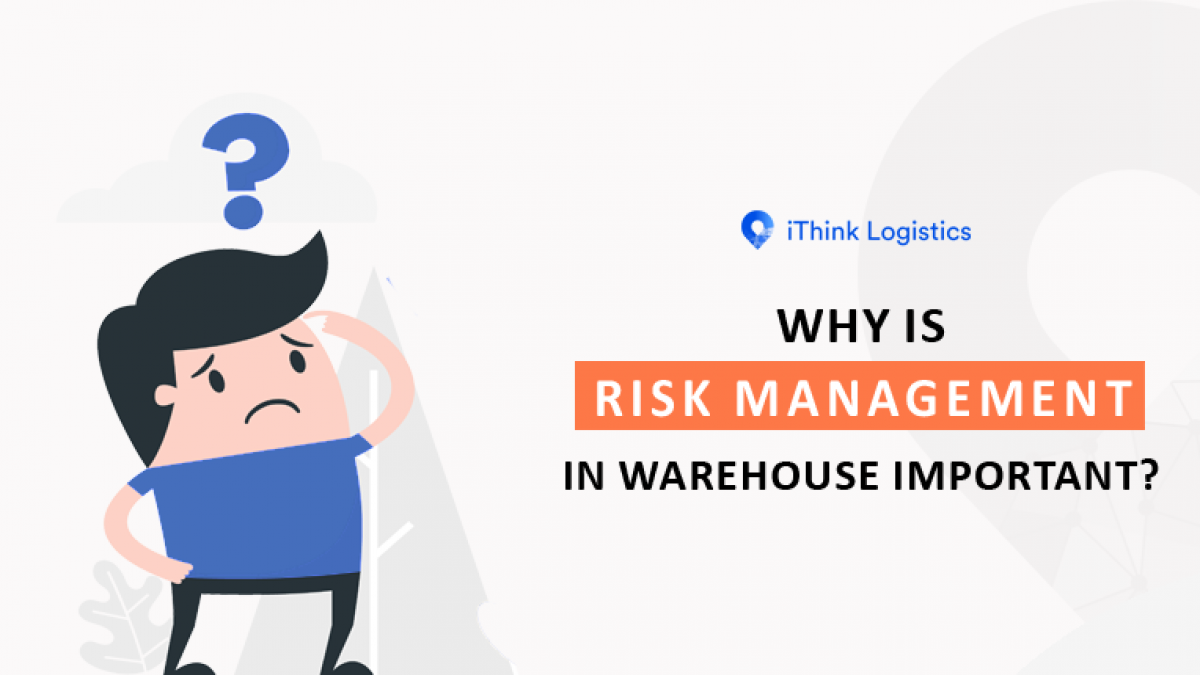Understanding the Importance of Risk Management in Current Business Practices
Understanding the Importance of Risk Management in Current Business Practices
Blog Article
The Critical Relevance of Risk Management in Getting Business Objectives
In the quickly advancing organization landscape, the capacity to browse unpredictability has actually ended up being a critical. This is where Risk Management action in, providing an organized approach to recognizing, examining, and mitigating possible barricades to proceed. It's more than just a protective action - it's a critical device, fostering strength and development. As we check out the essential function of Risk Management in achieving business objectives, one can not assist but wonder: exactly how does this convert into real-world success?
Recognizing the Concept of Risk Management in Company

The Important Duty of Risk Management in Strategic Preparation
Incorporating Risk Management into strategic planning serves as a secure for companies, securing their long-term strategies with a solid foundation of readiness and resilience. It runs as the organization's radar, detecting possible hazards and susceptabilities that might interrupt the path towards achieving their mentioned objectives. Risk Management provides a structure for preparing for uncertainties and developing suitable feedbacks, guaranteeing the company's survival and success also in the face of hardship. By integrating Risk Management right into strategic preparation, organizations can change these unpredictabilities into opportunities for development and technology. This strategic interweaving of Risk Management promotes adaptability, making companies extra robust and enabling them to browse the ever-changing service landscape confidently. Risk Management becomes a crucial device in strategic preparation, critical in safeguarding lasting success.

Techniques for Identifying, Assessing, and Prioritizing Threats
Navigating the complex landscape of dangers needs the application of details techniques for their prioritization, evaluation, and recognition. The process begins with Risk identification, using tools such as SWOT evaluation, which aids in identifying possible dangers and possibilities. Next, Risk evaluation is conducted to identify the prospective impact and likelihood of each Risk. Devices such as Risk matrices and impact-probability charts are utilized for this. Lastly, threats are focused on based on their potential impact and possibility, enabling companies to focus their resources on high-priority threats. This methodical pop over here method guarantees a comprehensive understanding of the Risk landscape, making it possible for companies web to make educated choices and effectively handle threats to accomplish their goals - importance of risk management.
Protecting Organizational Procedures Via Efficient Risk Management
In business landscape laden with uncertainties, reliable Risk Management plays a crucial duty in securing organizational procedures. It serves as a safety shield, minimizing the adverse impacts of prospective threats and making sure the smooth functioning of all procedures. By recognizing and evaluating prospective dangers, Risk Management allows organizations to establish durable backup plans. This precautionary strategy help in preserving operational security, even when challenged with unforeseen circumstances. Essentially, Risk Management is the lifeline that keeps the organizational procedures afloat among stormy waters. It makes certain not only the survival but the lasting growth of a company, making it an indispensable device in attaining company goals. Organizations should invest in detailed Risk Management strategies to safeguard their procedures.

Transforming Potential Hazards to Opportunities: The Power of Risk Management
A proactive technique to take the chance of Management involves recognizing, examining, and prioritizing threats to create methods that transform them right into potential advantages. Hence, by leveraging the power of Risk Management, organizations can not only safeguard their procedures but also spur growth and achieve their objectives in an unpredictable service environment.
Situation Studies: Success Stories of Risk Management Driving Organization Objectives
Effective application of Risk Management approaches has actually produced outstanding lead to various companies, highlighting the advantages of this technique. Multinational business like Microsoft and Google, for example, have leveraged Risk Management to lessen hazards and manipulate possibilities, driving their business goals onward. Microsoft's aggressive Risk Management technique assisted it pivot quickly during the 2020 pandemic, transitioning to remote work efficiently, consequently keeping efficiency. Google, by assessing and reducing potential risks in its cloud-based solutions, has made sure continuous service, image source consequently reinforcing client trust. These examples illustrate how successful Risk Management can not just steer organizations clear of prospective challenges however also direct them towards their tactical goals. Therefore, Risk Management is essential to the search of organizational objectives.
Conclusion
To conclude, Risk Management is basically vital in attaining organizational objectives. It supplies a methodical method to recognizing, evaluating, and addressing possible risks and chances. Even more than simply mitigating dangers, it additionally cultivates development, durability, and lasting development. By integrating Risk Management into critical planning, services can better browse unpredictabilities, secure operations, and capitalise on opportunities, thereby aligning with long-lasting purposes.
At its core, Risk Management is the process of identifying, analyzing, and dealing with possible hazards that can adversely influence an organization's procedures or goals. Next off, Risk analysis is carried out to determine the potential effect and probability of each Risk. Risks are prioritized based on their possible effect and chance, enabling companies to concentrate their sources on high-priority threats. By identifying and examining prospective dangers, Risk Management allows companies to develop durable backup strategies. An aggressive approach to run the risk of Management entails recognizing, evaluating, and focusing on threats to create strategies that transform them right into prospective advantages.
Report this page